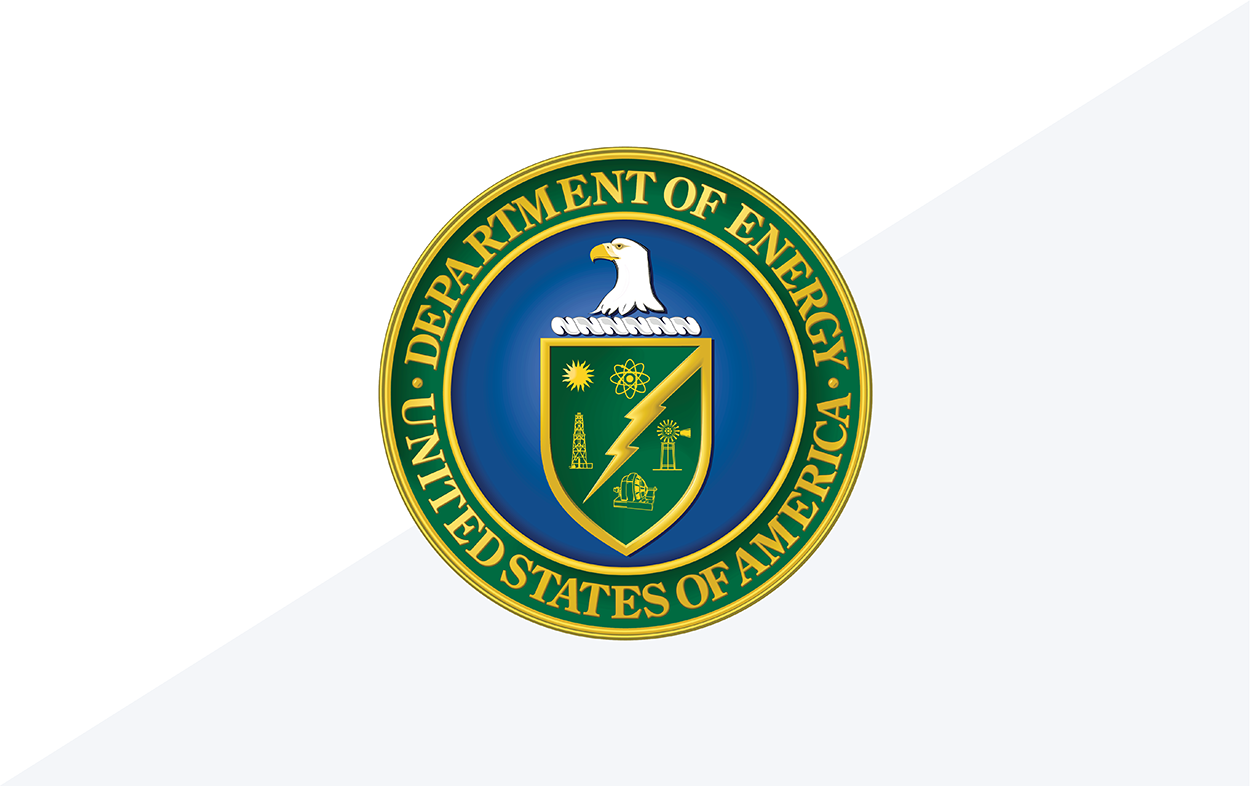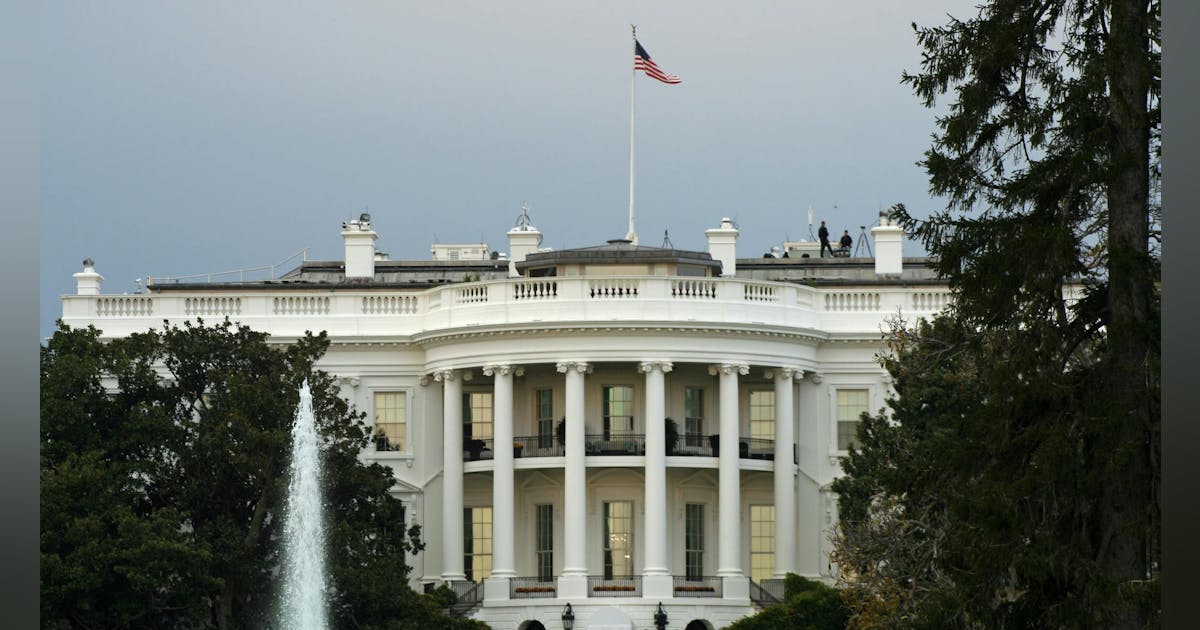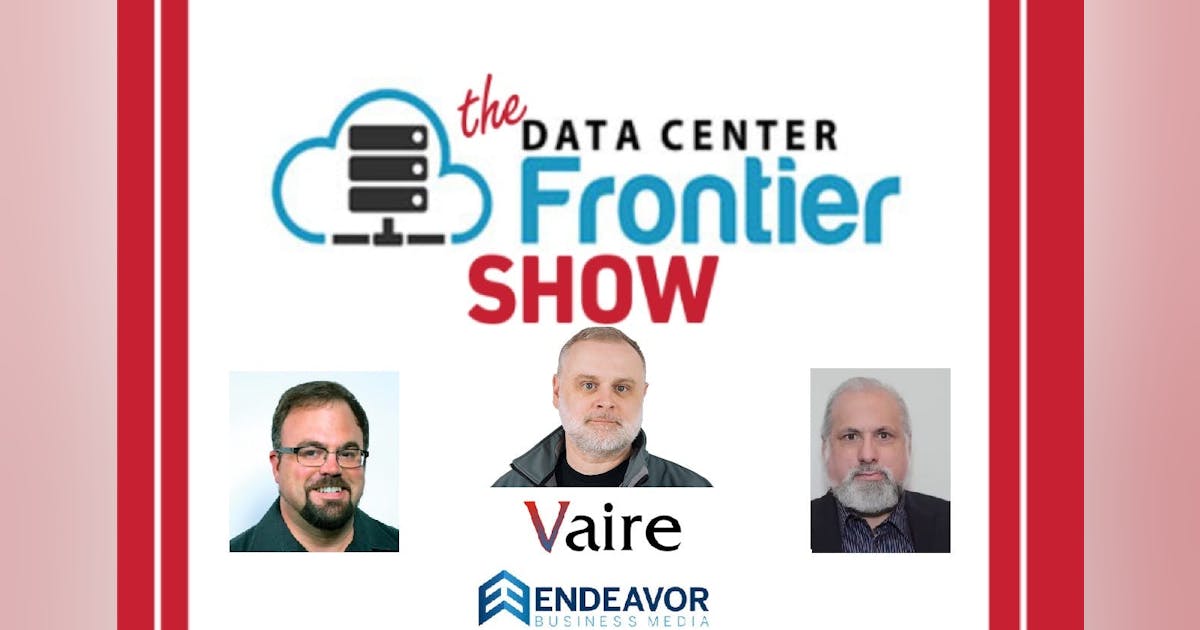If you look back a decade or more, the structure of the game business has changed. And one of the essential new kinds of companies in that structure is the layer of the game industry known as external development, or what used to be known as outsourcing.
And the biggest company in that space is Keywords, which has 13,000 game developers across dozens of studios around the world. Bertran Bodson has been the CEO since taking over from Andrew Day in 2021. Bodson came aboard in the midst of the pandemic and dealt with the downturn and layoffs that hit games in the past 2.5 years. Since he has joined Keywords, there hasn’t been a “normal” year yet.
But Bodson believes that Keywords and other external development companies have created a cushion of sorts for game makers, allowing them to operate ambitious game studios with perhaps no more than 50 people. Those studios can flex up or flex down the workforce, and they can use teams from Keywords from the very start of a project in what is known as co-development. When a studio hits its peak and then begins to wind down its team, it doesn’t always have to lay off people. Rather, Keywords can take people off one project and put them on another rising project — on the bet that not everybody finishes a game t the same time. This is a structural change in the game business that could make the ride easier for all.
I talked to Bodson about the state of gaming in 2025, as he gets a view of so many companies and game projects across the industry. Keywords serves most of the top 25 game companies, and right now he sees a “massive shift to quality” and to partners they can trust for the long term. As an example, Keywords has six or seven stories working to provide content for Fortnite alone. And of the winners of The Game Awards last December, Keywords touched about 86% of the games.
As for change, he said, “It won’t happen overnight. It’s going to happen at different speeds. But I think it’s fundamental.” One of the good things? Bodson sees a lot of “green shoots” rising in gaming that could replace the “doom and gloom” of the past 2.5 years. But that still could mean that 2025 will be a tough year, while real recovery could be more visible in 2026.
Here’s an edited transcript of our interview.

GamesBeat: Where do you stand in terms of number of employees and studios now?
Bertran Bodson: We have about 13,000 people around the world in 26 countries. We have about 25 studios around our create division. We have three big divisions: create, globalize, and engage. Create is co-development, design, art. About 5,000 professionals in that space, creative technologists. Around 25 studios in four or five big regions around the world. Globalize is roughly another 5,000 people, and then Engage – which includes trailers, cinematics, in-game capture, and influencer marketing, all the way to paid engagement – is about 2,500 or 3,000 people.
GamesBeat: Does that give you something close to 70 studios still, or is it more than that now?
Bodson: We’ve quoted that (in the past), and there’s some truth to it, but really Globalize is under one brand. It’s really Keywords. When we started there were separate brands, but we’ve drawn that together into one single brand, Keywords. The point of Globalize is in testing and localization, to be able to be 20-30% more efficient than individual publishers or partners can be. That’s essentially one studio. We have different locations around the world. From a language point of view we cover about 30 languages.
Engage has roughly 10 studios, plus player support, player engagement, which fully operates under the Keywords brand. So it’s less than that 70 figure that you might have heard, because we’ve brought quite a lot of things together into these divisions.
GamesBeat: What was it like when you first joined and were getting started in 2021?
Bodson: An amazing company. That’s why I joined in the first place. An amazing culture. Their sense of collegiality, their sense of entrepreneurship. I’m a former entrepreneur myself. I love working with entrepreneurs. Many have put their soul into their studios, into what they’ve been doing for many years. It’s interesting. It’s big, but at the same time it feels small. We were 9,000 people at the time, roughly, so we’ve grown quite a bit since then, but it still feels very approachable. At GDC last week we all knew each other. We all interact on Teams all the time. We can reach out at any time. I pride myself on the way things can escalate very quickly across the organization, which is a bit of a tradeoff for entrepreneurs. I sit in the middle of the studios when I’m in London, where we have five marketing studios. There’s really that vibe of entrepreneurship, that vibe of moving fast.
At the same time, I like the fact that–when I started in 2021, we had nine service lines at the time. To be honest, one of the observations we got from clients was, “Who are you at Keywords?” It’s a variety of different services. That’s why we decided to look at, who are the key deciders? That’s why we moved back to create, globalize, and engage, which mapped the deciders on the production side, on the post-production side, and on the engagement side. It’s a reflection of that.
We have games through and through. You can feel that wherever you go, that absolute passion for games. If you were in the office at a studio like Maverick–a lot of what they do is Pokemon. It’s all Pokemon everywhere. If you walk a few steps further to another studio you’d see a different atmosphere. But at the same time there’s a unity of platform that joins us together. The thing that was important to me early on was how we can make the best of each other. How do we build a partnership, a platform so that when a studio joins us, they fit not only on the balance sheet to grow themselves, but they can also benefit from joint projects, from access to bigger clients and bigger projects, more career mobility. My job is to make sure that we can be an enabler for many of the divisions, entities, service lines, or studios themselves.
GamesBeat: The timing when you joined was interesting. It feels like you’ve never really had a normal environment. You joined in the middle of the pandemic, and then this post-pandemic funk that the industry has been in has lasted for two and a half years now. It’s not been what anyone would call a normal year for the game industry for some time. How do you deal with that sort of environment, one that’s not so predictable?
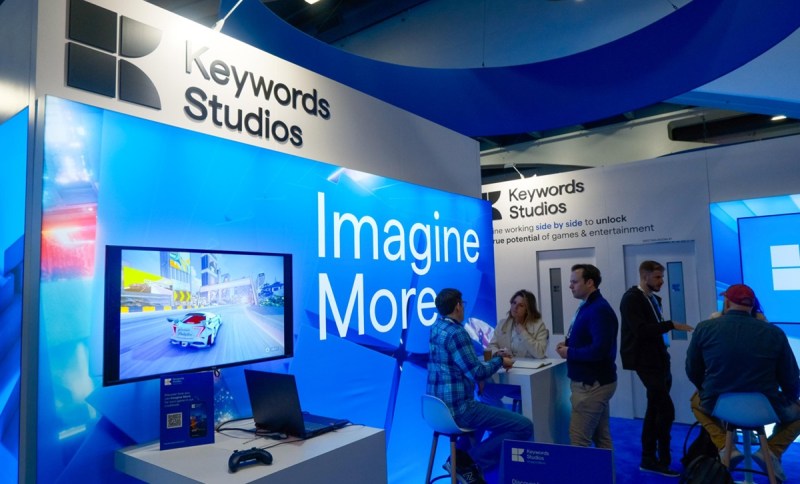
Bodson: When I joined in 2021, indeed, we were in the middle of a surge. I remember there was a month in December where I took something like 26 COVID tests to be able to fly and meet as many of our studios and teams around the world as possible. It was quite an experience from a personal point of view, but it was a great way to get on board. It was a great way to be welcomed by the teams.
That being said, you’re right. There have been challenges. But the beauty of entrepreneurs, and also of the platform at the same time, is that there are also opportunities. As much as it feels challenging out there–it’s still a very difficult market, and we all know that. You just have to look at the number of layoffs across the industry more broadly. But we’re starting to see more green shoots. GDC was quite interesting for us. It seemed to me there was less attendance than there was last year, but the intent of the meetings was much stronger. Many developers are starting to look for content further down the line. The BD team had more than 300 meetings. Each of our studios had many more meetings, with real intent behind them.
If you think about where we stand in this industry, we’ve reimagined the way we do games. Effectively publishers can think about their games–if you go back in time 10 years ago, there was no Keywords equivalent as such. There was a fragmented landscape. You had to do a lot of work yourself. You had no other choice. Now we’re starting to see many publishers and developers think about how to keep a core team, highly creative people in-house, but then also surround themselves with partners they can trust with the journey of getting a triple-A game out, whether it takes five, six, seven years.
Some of the Microsoft studios, for example, have kept themselves to only 40 or 50 people while surrounding themselves with partners. We can coordinate several of our studios to make it incredibly easy for them. Many partners are starting to think about, “Do we really need to have a couple of thousand testers internally?”
GamesBeat: How is that structural change in the game industry making things different? As you said, 10 years ago this layer really wasn’t there in a formal way. You guys have 13,000 people. I think Virtuos has 4,000. There’s this layer of thousands of developers doing co-development, external development, that wasn’t there before. You also mentioned that some of these studios can get by with maybe 50 people internally. Can you talk about how big a change that is and what it means?
Bodson: It won’t happen overnight. It’s going to happen at different speeds. But I think it’s fundamental. My view is that there are two cycles happening right now. Part of it is the hangover from COVID, and part of it–there will always be a need for content. It’s a massive industry. I think we’re starting to see a turn of this cycle, and in media and entertainment as well by the way, which we also serve in part. But fundamentally I’m with you. There’s a structural shift.
To some extent, the fact that the industry has gone through two very tough years has forced many to look at their business models. That’s how I go back to reimagining more. Reimagining the way they want to structure their teams. Reimagining what is a fixed cost business and what is a variable cost. Reimagining what is mission critical and core to them versus what is maybe less core and where partners like us could come in.
There’s also another major shift I’m seeing, that I’m very close to. I spend about 30% of my time with our clients. We serve pretty much all of the top 25, and also a lot of newcomers. One big observation I’d make is that there is a massive move to quality and to partners they can trust for the long term. In a cycle like this there have been a lot of smaller players who have been struggling. Some are even on the edge of collapse after a bad cancellation or further delays.
Many publishers have had enough. They need to have partners who they can trust to take on that journey, especially when they’re making changes associated with that. This is very real. It doesn’t change the fact that the magic happens at prod to prod. That’s really where it happens. But there’s a restructuring of the way that many of our partners are thinking about this. It may happen at a different speed, at a different pace, with different partners. But probably half of my discussions with clients are entirely around that topic right now.
GamesBeat: It sounds like one thing that had to happen was some real trust between the external development companies and the core game companies. Embedding someone from your team into a project from the very start sounds like a tremendous risk for things like leaks. How do you manage that, or convince people that this can be done in a reliable and secure way?
Bodson: You’re right that it’s all down to trust. When we bring teams on board, bring studios on board–it’s about culture, about quality and trust in the relationship with our clients. That’s all it is, fundamentally. When you look at a studio like High Voltage Software, like Hardsuit Labs, like Climax and so on, they’re incredibly embedded into the market. They’ve spent years, even before joining Keywords, on establishing trust production to production. Their consistency, the reputation of their founders. You can take Fortnite. We have six or seven studios working with Fortnite. Several of them started in 2017. They’ve been there since day one of Fortnite. You’re absolutely right. It’s all down to trust.
We’re also making sure we have a platform behind them to help in terms of infosec, cybersecurity, leaks, and processes for that. It’s true that if you have a long tail of partners, you may be more vulnerable in that space. But the only way to build trust is to invest in this. We invest in systems, in HR systems, in making sure we have the right platforms to take that on. We invest in making sure that you can get the best of Keywords. If you’re a partner and you have your favorite studio, you want a very specific piece of co-dev, absolutely fine. There are some who decide they want to do something more transformational and they need more muscle. They may need UX, UI, backend engineering, around the clock. We have personal solution architects who can orchestrate those partnerships while having one single point of contact if you want it.

All those things are in the DNA of Keywords. We’ve been working on that over the years. Certainly there’s been a big push in the last three years to make sure we have all the right infrastructure to earn a seat at the table on those topics.
Going back to your earlier point, there are more structural discussions happening at the board level across many of our top 25. We’re also spending a lot of time thinking about how we can have our proposition in the best possible shape to be helpful there. We’re willing to invest. We’re investing in change management. We’re investing in the interface to external development. We’re investing in those solution architects. How do we really guide you through it?
We have discussions with C-suites where we’re talking about this. What kind of incentives do we put in place to be able to come into that? How do we time that? Which studios are the ones among–our partners have their own studios and their leadership as well. Which ones have had great experiences with co-dev? Which ones have had great experiences with what we do in testing and other areas? How do we effectively use that to go and win hearts and minds across dev companies more broadly? There’s a lot of us truly being a partner that happens on that journey.
GamesBeat: How does it work to have a flexible workforce, where you can flex up and flex down based on where a project is that you’re working on for a customer? How do you try to reconcile that with the opposite, which is a cohesive team that likes working together and does well as a studio unto itself?
Bodson: In globalize it’s much easier. We have a pool of 5,000 talents around the world in the right geographies. We have a couple of thousand people in Montreal, a thousand people in Poland, a decent presence in Mexico, and more in India and China. You can see that it’s much easier to manage the up and down there. Part of the service we offer is the ability to flex. That’s in the nature of what we do.
The advantage of having scale is that you can scale when you have ups and downs. Hopefully not everything goes in a single direction. You have clients who have different needs, so you can start planning ahead. I’m spending a lot of time as well with some of our teams and studio heads to be in those rooms, so we can plan two or three years in advance. What is coming up for you? What are your big pain points? What’s your agenda? We have recently opened Keywords Consulting, which helps us advise them on the hard data around their own business so they can plan for the long term. Your question is also applicable to our clients. When you have a cancellation, how do you redirect your own resources? We help based on our own experiences with those elements.
The tougher part is in co-development, what we call create. Cancellation can of course be painful. But think about a different situation. You’re a single studio and all your livelihood depends on two projects. All of a sudden you get 50 people facing a cancellation when you have 100 people in the studio. You’re facing an existential risk. Going back to culture and platform, we can absorb that much more easily. We plan. We’re able to take the long-term view. At the same time, we can help each other. We recently had a couple of cancellations. The studios had some overflow because they were at more than max capacity. They could help each other and support each other on the back of that. It’s down to culture and making the best of entrepreneurship and scale at the same time.
GamesBeat: What are some of the trends you see, given that you have such a window on the entire industry?
Bodson: Quite a few. Top of the list to me, and it’s something we discussed with Matthew Ball quite a bit on the back of his report–I was talking to him last week a couple of times. It’s mainly trends around UGC, around trends, about mobile mini-games. Those are some key areas. But fundamentally, to me, at the top of the list is one that he didn’t really talk about, or talk about openly. We hear this more and more from our partners as well. It’s that fundamental shift across publishers. The structural shifts around moving fixed costs to variable costs. How do you equip yourself with partners? How do you make those partnerships work? That, to me, is the main one.
Another one for me, we see newcomers coming to our space. We talk a lot about the doom and gloom at some moments, but the truth is, not only are there many green shoots, but there are some big winners as well in the space. We tend to forget the DLCs, the upgrades, the new seasons and so on. We don’t talk as much about those. There’s a lot of growth in the space. There are newcomers when you think about Mattel, about Hasbro, about Lego, about Disney. Each has put meaningful stakes into our space. They’re each looking at being more of an IP company. How can they keep it asset light, but find partners to go where the players are, where the communities are? As part of their digital strategy, or even as part of their broader strategy, games are a big part of it. They’re not going to create massive studios themselves. They’ll look for partners to drive them on their journey.
Some companies are looking to build a bridge between east and west. Think about GCL, which just IPO’d recently on the NASDAQ. That’s a super interesting company, an incredible publisher. It’s amazing what they’re doing in the space. Look at Savvy and what Brian Ward and his team are doing. What they’ve done now with Niantic and Pokemon is very interesting. There’s much more to come. There’s a lot of growth opportunities right now, including markets that we tend to underestimate.
GamesBeat: How does that come back to influence Keywords’ own individual strategy, your company strategy?
Bodson: There are five areas of strategy that we tend to spend a lot of time on. One is how we go to market in that context. How do we organize ourselves to serve the needs of our clients? How do we equip ourselves to be able to handle our structured partnerships more broadly? How can we really serve? How can we be three steps away? How do we invest in those relationships? That’s number one.
Number two, how do we improve on our own operating model? How can we keep adding scale? We just took on a lot of firepower with EQT coming on board. The goal is clearly to scale over the next five years, to keep building our platform more broadly. How can we be as efficient as possible? You’re only valuable based on the quality of what you have to offer and the efficiency of your systems. We’re doing a lot of work on that. You may have seen what we’re doing with AI solutions, what we’re doing with Project KARA. I have about 200 software developer-engineers building a tech stack on the post-production side to make sure that we can build the workflow. We believe that technology is a big part of it as well, in the hands of humans. That power is really key.
The fourth one is we’re looking at some adjacency. We’re games through and through, but we have 5,000 creative artists. We’re probably the biggest partner on Unreal in the world. That lends itself nicely to virtual production, to animation. How do we play in those spaces? We’re a strong presence in Asia. We have about 3,000 people. They could be playing much bigger roles in those areas. We’re looking into that. The last piece is M&A. The majority of our growth is organic, about two-thirds of it, but there’s another third that comes through M&A.
Those are the five elements, and making a partnership with our investors as well. They understand the business. They understand our space. There’s a genuine appetite to say–they almost pitched it to us. “Look at how we can help you accelerate along those five dimensions over the next five or six years.”
GamesBeat: What would you say your pattern has been for M&A? What is it going to be like going forward?
Bodson: M&A is a key pillar of what we do, but it was probably–it was essential in the early days to build the platform. Now we can do everything from soup to nuts – create, globalize, engage. Where we draw the line is owning the IP, so we can get to work with everyone in a very genuine, neutral way. Hopefully there’s also learning that comes from all those things that makes us more attractive as well. There’s also Keywords Consulting.
In areas like globalize, we’ve largely built our stack. We’ve built an organization with amazing leadership at the top of globalize. We can scale organically quite naturally with that. On create, we’re always looking at the areas, especially in game dev, where there are some new specialties coming in, where there are real gaps in the market. As much as there have been lots of layoffs in the market, there are some areas where the best people get snapped up in no time. We tend to forget that. There’s expertise that is in super high demand, where there’s not enough in the market right now. There are still some geographies that we want to keep an eye on. That’s where M&A can help us complement.

When you think about us being a platform for the industry more broadly, there are a lot of smaller players who have been struggling, but that have some amazing qualities that are highly appreciated by partners. They’ve just found themselves in a tricky situation right now. We can generally help with that. But we’ll do it thoughtfully. The bar is probably highest, because we want to make sure that they have the right pipeline, the right quality level, and that the culture fit is right for us. But M&A will be an important part of our strategy for the next three, four, five years.
GamesBeat: On this strategy for individuals, is external development more like the ground floor for how people can break into the industry? How do you view the opportunities that young people should focus on as they’re trying to break in?
Bodson: We talk a lot about this internally. Depending on the area–there are some areas in localization where we’re a great platform to start in the industry. In three areas of the world we have academies. Lakshya is very well-known for their academy. Artists will come through the academy in the third year of their degree and then we offer a six-month internship with us. Many tend to stay with us. Some end up elsewhere in the industry, which is equally great for us. We help shape the industry more broadly. It’s a springboard for talent.
That being said, to your point, many people actually come from the industry, who’ve been working at very big-name publishers. They come to us saying, “I don’t just want to work for five years on the same title, on one part of the problem, as one piece of a big machine. I want to have more autonomy. I want to work on more titles, on more complex challenges.” Maybe they want to work on something like KARA, what we’re doing with AI. Keywords offers that. It’s a place where you can have multiple experiences more quickly. You’re still working in a very entrepreneurial setting. We tend to attract a lot of seniors. Maybe a bit counterintuitive, but many seniors come later in their careers because they get to see a wider variety of work.
One thing that we’re very proud of internally, if you look at the Game Awards in December of last year, I think 86% of the winners had a piece of Keywords inside them. That’s quite special. Look at the exposure you get when you work here. I do a session once a month with about 30 or 50 talents we have across the organization. There’s always a theme. Last month’s was more media and entertainment because we want to make sure they feel a part of it, because we talk about games so much. There are times where it’s people who have joined us in the last 18 months. What’s your first impression?
This morning I was with a series of leaders who have been with us more than 10 years. There’s an appetite there for learning, for working on more, for mobility, for breaking the boundaries into different sides of the organization. That’s an opportunity as well. Frankly I think there’s even more we can do, certainly in the post-COVID world, to create more mobility around that. People tend to be attached to a studio, to an entity, but you can create many careers on those. It’s a long-winded way to say that we have our academies, we are a springboard, but for many it’s almost a high-level career to some extent, where you get a much bigger diversity of topics, of IP, of challenges, of problems that truly interest our type of people.
GamesBeat: One thing I’ve been talking a lot about lately, after talking to a lot of people in the industry–a healthy game industry is going to have a few different components. Revenue growth, getting back to the growth that it saw for more than a decade. But the other components are–finding and accepting new technology. This could be AI, or this could be other things. And then creating job growth. Doing that all at the same time seems like a challenge for the industry. I don’t know if we’ll be able to do it, but that seems like the ideal way for the industry to grow. If we grow revenues, but jobs disappear because AI has eliminated them, that’s not a great scenario. I wonder if you think this is an ideal goal, or if it’s even possible.
Bodson: I have very strong views on the topic of AI, but it’s somewhat separate between post-production and the creative side of things. If it’s used well, if we’re curious about it, if we lean into the space, if we stay three steps ahead, this is a massive opportunity for us. For creativity it’s a massive opportunity for us. I’m deeply convinced of that.
Let me start on the creative side. It’s in our DNA to use technology. We’ve always been that way. We’re naturally curious about it. We’re always using technology for creativity, whether it’s from an engine point of view, whether it’s a proprietary engine–this is just another wave that’s moving incredibly fast. It’s almost all-consuming. It’s extra superpowers, frankly, in the hands of our teams. And by the way, we thrive on complexity as well. The reason we exist is because these things are complex. We don’t just have the capacity for imitation. To your point about trust, about coming in early on the project, there are many places where when we do it well, you don’t even know who it’s from, whether it’s the developer or the publisher or Keywords. It’s one team. But the more complexity there is, the more it means you can create experiences, the more you need help to be able to tackle that.
To make it more concrete, we had a project that you covered at the time. I can talk about the genesis of that project. The idea was that when everything was moving so fast around ChatGPT, we locked ourselves in a room back in mid-2023. It was supposed to be a three-day focus on strategy. We said, “What if we only do half a day of strategy, and then take two and a half days to really focus on this tech and what it can do? Where is it scaling? What is the impact on jobs and so on?” Then one of our studios–back to entrepreneurship, they raised their hands and said, “What if we were to initiate a game with this?” The goal was never to launch a game, but to learn. What if we had a common sandbox, a common firmware, a common setup where we could go and learn together on this?
We gave them the means to go for it. An interesting insight is that fairly quickly–at first we gave them three people to go ahead and have fun on the side. See what works. Report back. Before we knew it we had 30 people working on that sandbox one way or the other. The more complexity there was, the more humans we needed to be able to do it, to unlock the power of the engine. The idea was to really look at–eventually we moved them to another project. We did a readout at GDC last year. We moved them to what we called Project KARA, which you know very well. We did another readout this year.
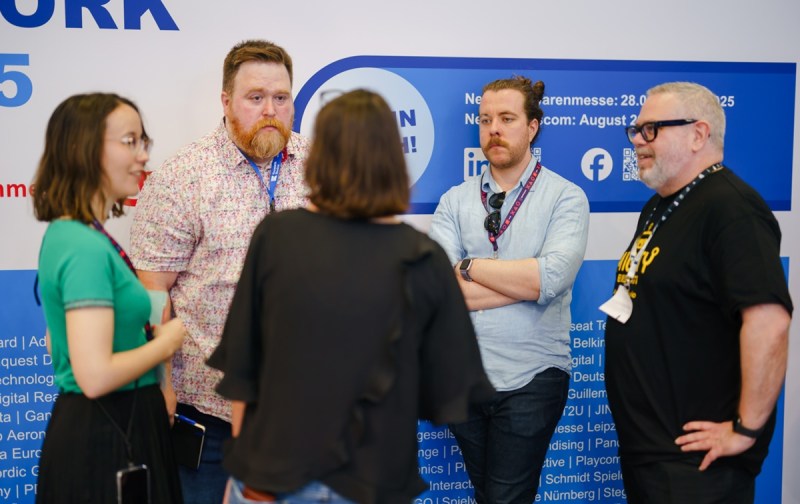
Eventually, to cut to the chase, we ended up mapping 500 partners across 2D, across 3D, across lighting, across levels, across backend engineering, across concept art, to map them out in a very systematic way. We looked at what works and what doesn’t work. We took one of our little games we’d worked on before, a game called Detonation Racing that we did in partnership with Apple at the time, and we really looked at, where does it work? Where does it not work? It wasn’t so much that the magic was–we ended up having seven studios involved in that. The audio team looked at it. How can we use that? The engineering team, how can they use this part? Can they test this? I get bombarded by partners all the time. Can we put them into the sandbox?
It transformed the debate about whether AI is good or bad. Of course we absolutely want to do this responsibly. But it moved into a debate about, where does it work? Where does it not work? We ended up having our legal team involved as well. Where do we have traceability? If you don’t have traceability, don’t even think about it. Nobody with good sense would use that in production. What are the models that are built in a very transparent way? We used our BD team to map the ones that have a chance of being alive two or three years from now. But more important, our production teams and creative teams started to look at, where does this work? Where can it save some mundane work and time?
The conclusion–it’s not done. With that game, we tried to create entire levels. Contrary to all the buzz you see online, we haven’t been able, at least in our case, to create new levels entirely. However, there are plenty of experiences we’ve been able to improve, plenty of tech-savviness that we’ve been able to bring on this. There are tasks in terms of lighting that we’re handling totally differently. Fundamentally, we’ve started to build seven or eight new workflows that we want to roll out across our studios. My dream would be to now embed in partners. If you’re 2K, if you’re Microsoft, come and play in our sandbox so we can learn together, so we can all be smarter about this.
My main piece is, we have 5,000 people in create. How can we be three steps ahead of the industry? No judgment. We’re doing this very responsibly. We have a clear chart on ethical AI. But how can we be three steps ahead, so we can help the industry navigate this? How can we imagine the business model? How can we be a partner? How can we be tech-savvy around this? I didn’t have to push this at all. It was initiated by some of our studios. It’s the natural DNA of our teams to be curious about this.

The interesting piece now is we’re having discussions–we met with some big-name partners last week at GDC. We’ve had quite a few sessions over the last three months, where some of our partners were looking at–how can we help them learn from the processes we control? Not so much about what works and what doesn’t work, but more as a framework, as a methodology. How can we work on this together? To your point about structural transformation about the industry, we need trust. We need to be more hooked up. This is way more than just providing a service here and there. This is much more of a strategic partnership, strategic relationship that’s building up among all of us.
I’m quite passionate that this will result in more creativity, better work, and better games. The industry is facing a conundrum right now. It’s too expensive to create a triple-A game. It’s way too complicated. The timelines are way too long, with far too much risk in terms of delays and unpredictability. How do you plan your marketing and publishing behind that? If we can foster all that, it’s an incredible force for good. We definitely want to play responsibly with the right leadership position in that space.
GamesBeat: For your stakeholders, have you signaled much of what you think about what 2025 is going to look like?
Bodson: I think it’s still going to be a tough year to navigate overall for many of our clients. Our job is to make sure we can organize ourselves so that we can help them. Partners, clients, publishers, developers–it’s going to be a fascinating time for us to build the Keywords of tomorrow on this. Hopefully we’ll play a part in shaping the industry as a force for good. My personal view is that I expect 2026 to be a very interesting year, where a lot of growth can come back into the industry.
GB Daily
Stay in the know! Get the latest news in your inbox daily
Read our Privacy Policy
Thanks for subscribing. Check out more VB newsletters here.
An error occured.






